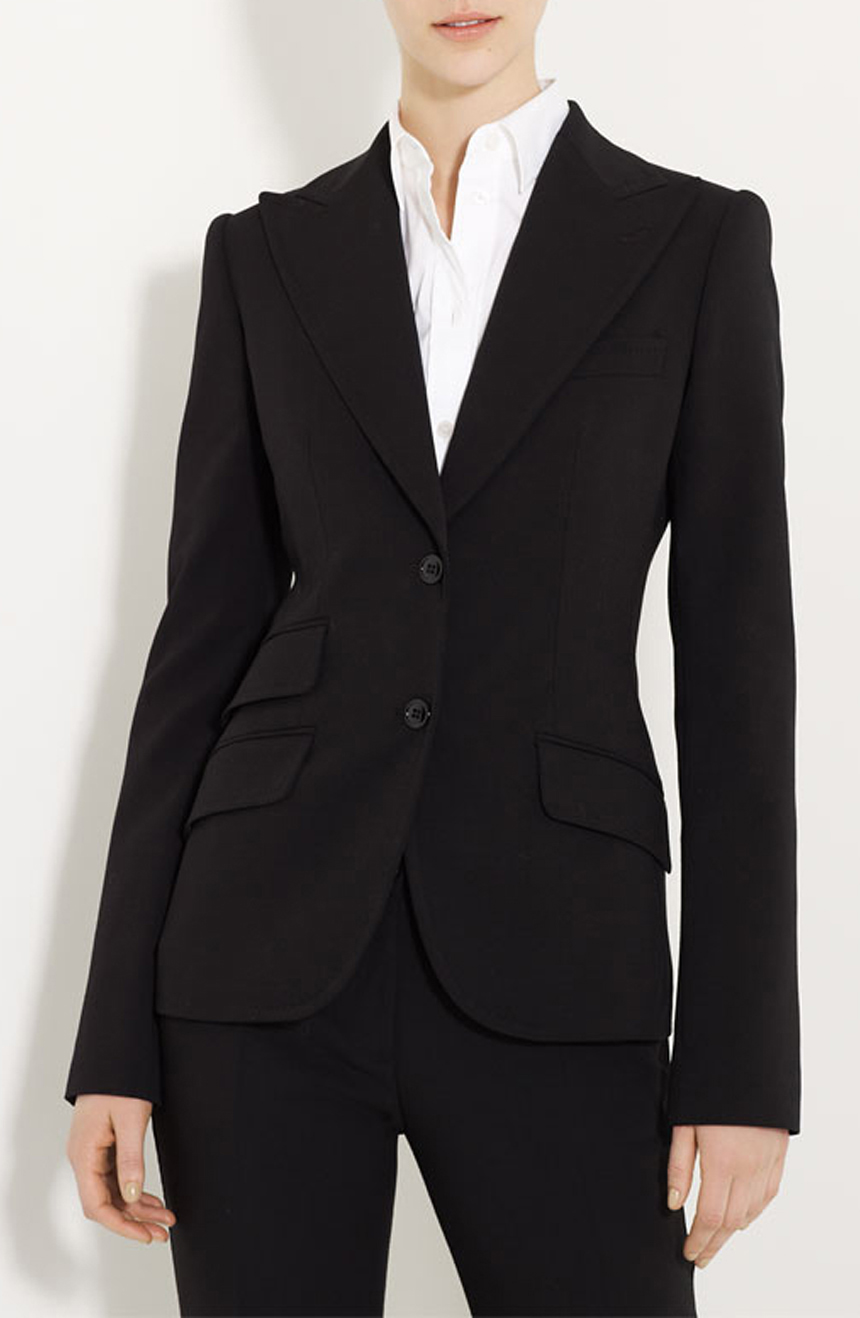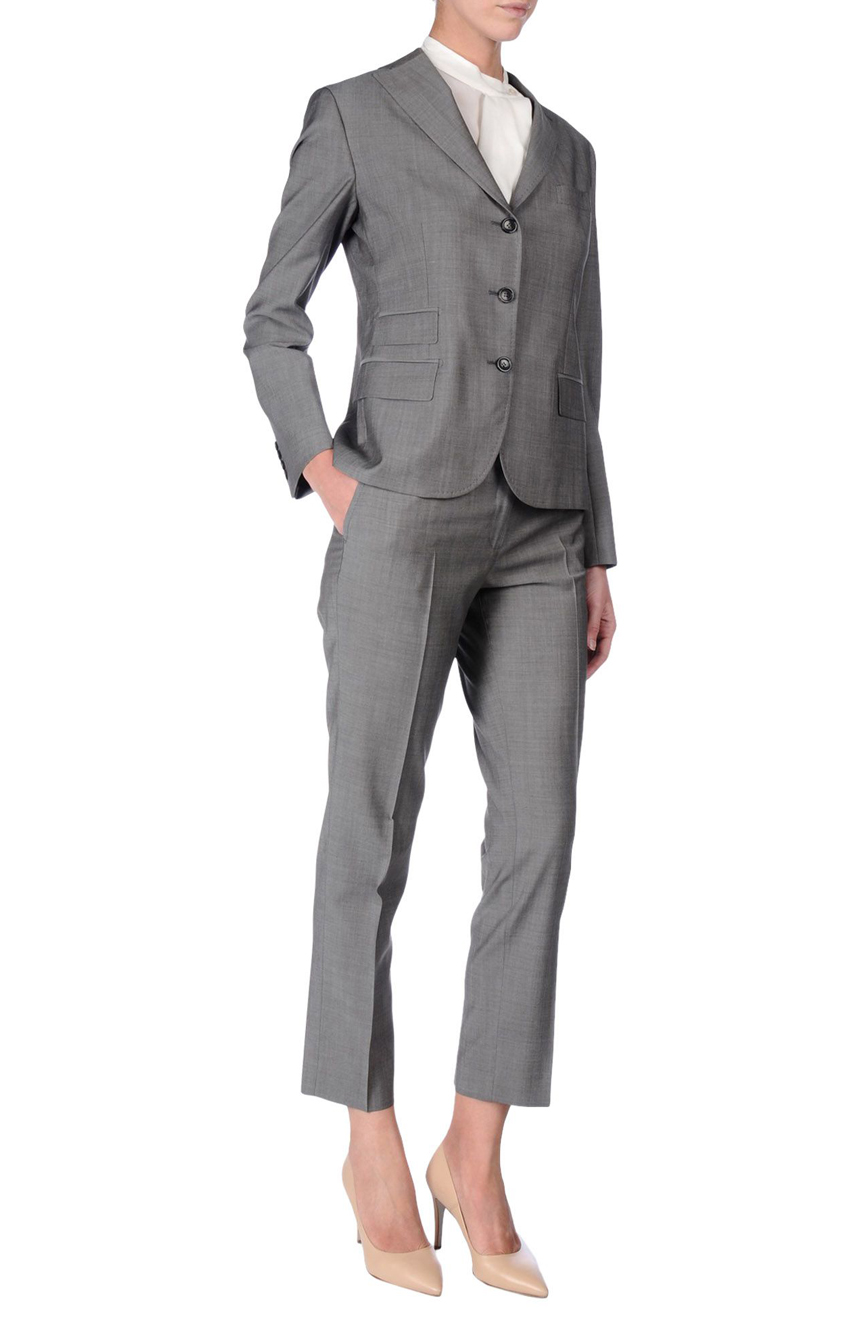Tailored Suits Perth: Boost Your Style with Custom Suits
Wiki Article
Recognizing the Tailoring Process: From Fabric Option to Last Suitable for the Ideal Wardrobe
The tailoring process is an intricate interplay of art and science, starting with the essential choice of material choice and culminating in the accurate modifications of final fittings. Each fabric kind brings unique high qualities that affect not only the visual appeal however likewise the garment's longevity and viability for different events.Relevance of Material Choice
Picking the right textile is crucial in the customizing process, as it straight influences the comfort, durability, and overall visual of the final garment. The selection of fabric sets the foundation for the garment's performance, performance, and design. Different textiles possess unique residential or commercial properties, such as breathability, stretch, and weight, which can considerably affect how the garment drapes and fits the body.
A tailored item made from an appropriate textile not only showcases workmanship but likewise elevates the wearer's confidence. Understanding the subtleties of fabric choice is paramount for any type of customizing undertaking. It makes certain that the end product not just fulfills the aesthetic needs of the client yet additionally lines up with useful requirements, thereby accomplishing an unified balance in between type and function in the customized wardrobe.
Sorts Of Fabrics and Their Uses
Comprehending the various types of textiles available is important for making informed choices during the customizing procedure. Each material has special characteristics that dictate its viability for specific garments and celebrations.Cotton, recognized for its breathability and gentleness, is perfect for sportswear and summer clothes. Its adaptability enables it to be tailored right into every little thing from shirts to dresses. Wool, on the various other hand, is favored for its warmth and framework, making it an exceptional option for official suits and outerwear. Its all-natural flexibility assists garments keep shape gradually.
Silk shows luxury and is light-weight, making it perfect for eveningwear and delicate shirts; nevertheless, it calls for cautious handling because of its fragility. Linen, with its distinctive coating, is a popular option for cozy climates, providing a crisp and airy feel, however it wrinkles easily, which might impact the garment's appearance.
Synthetic textiles, such as polyester and nylon, deal durability and resistance to creases, making them ideal for daily wear and active clothes. Understanding these fabric kinds and their residential properties permits much better decision-making, ensuring that each customized item not only fits well yet additionally straightens with the designated function and occasion.
The Tailoring Techniques Explained
The art of tailoring counts on a selection of strategies that change material into well-fitted garments. Central to this process is pattern drafting, where a tailor develops design templates based upon the customer's measurements and desired design. This preliminary step makes certain that the garment will certainly fit the wearer properly prior to any cutting happens.As soon as patterns are established, reducing techniques enter into play. Accuracy is vital as inaccuracies can lead to misfitting garments. Tailors usually use different reducing techniques, such as single-layer reducing for detailed styles and multiple-layer cutting for efficiency on conventional patterns.
Basting is another necessary technique, permitting tailors to temporarily stitch textile pieces together for an initial installation (custom suits perth). This method uses the opportunity to assess the drape and overall silhouette before last stitching
Seaming techniques, consisting of flat-felled joints and French seams, enhance the garment's toughness and aesthetic charm. Tailors likewise use techniques such as interfacing and extra padding to provide framework and shape to details locations, like collars and shoulders.
Lastly, completing methods, including hemming and edge finishing, guarantee the garment's long life while offering a polished appearance. With each other, these techniques form the backbone of effective customizing, leading to splendid, custom-fit clothing.

Fitting Adjustments and Considerations
After the initial tailoring strategies have been applied and the garment is constructed, fitting changes become critical to attaining the excellent fit. These modifications deal with various elements of the garment, ensuring it contours to the wearer's body shape and boosts total look.
The increase of pants is an additional tailor suits perth vital factor; it ought to sit conveniently above the hips without causing discomfort, permitting simplicity of motion. Hemming sizes for both pants and skirts need to reflect the user's favored design while valuing percentages.
Furthermore, attention needs to be given to the rear of the garment, ensuring that there are no undesirable pulls or excess material - bespoke tailor perth. Each adjustment needs to be carefully taken into consideration, as even small changes can substantially affect the total fit and aesthetic of the customized piece, ultimately leading to a wardrobe that exhibits self-confidence and sophistication
Keeping Your Tailored Wardrobe
Constantly comply with the treatment label guidelines, which may suggest completely dry cleaning for fragile fabrics or machine cleaning for even more durable materials. Stay clear of constant laundering, as this can wear down the textile and alter the garment's shape.Storage space is similarly important; usage cushioned hangers for jackets and coats to preserve shoulder framework, and shop trousers folded up nicely or hung to stop creasing. Secure garments from straight sunlight, which can discolor shades and damages fibers.
In addition, periodic examinations for minor repair services can avoid bigger problems. Look for loosened buttons, tearing joints, or indicators of moth damages, addressing these problems promptly to keep the garment's honesty.
Lastly, consider seasonal turning. Wearing customized pieces in moderation enables fabrics to recover, prolonging their life-span. By carrying out these upkeep approaches, you can make certain that your customized garments stay as immaculate as the day you first used them, improving your optimal wardrobe for years ahead.
Conclusion
The tailoring process, including textile selection, skilled techniques, and accurate suitable adjustments, plays a vital role in developing garments that improve both comfort and style. Each phase adds to the general effectiveness of the end product, making sure that clothes not only fits well but likewise mirrors individual identification. Comprehending the value of maintenance prolongs the life of tailored garments, solidifying their value in a well-curated wardrobe. A detailed strategy to customizing finishes in a sleek and certain look.Report this wiki page